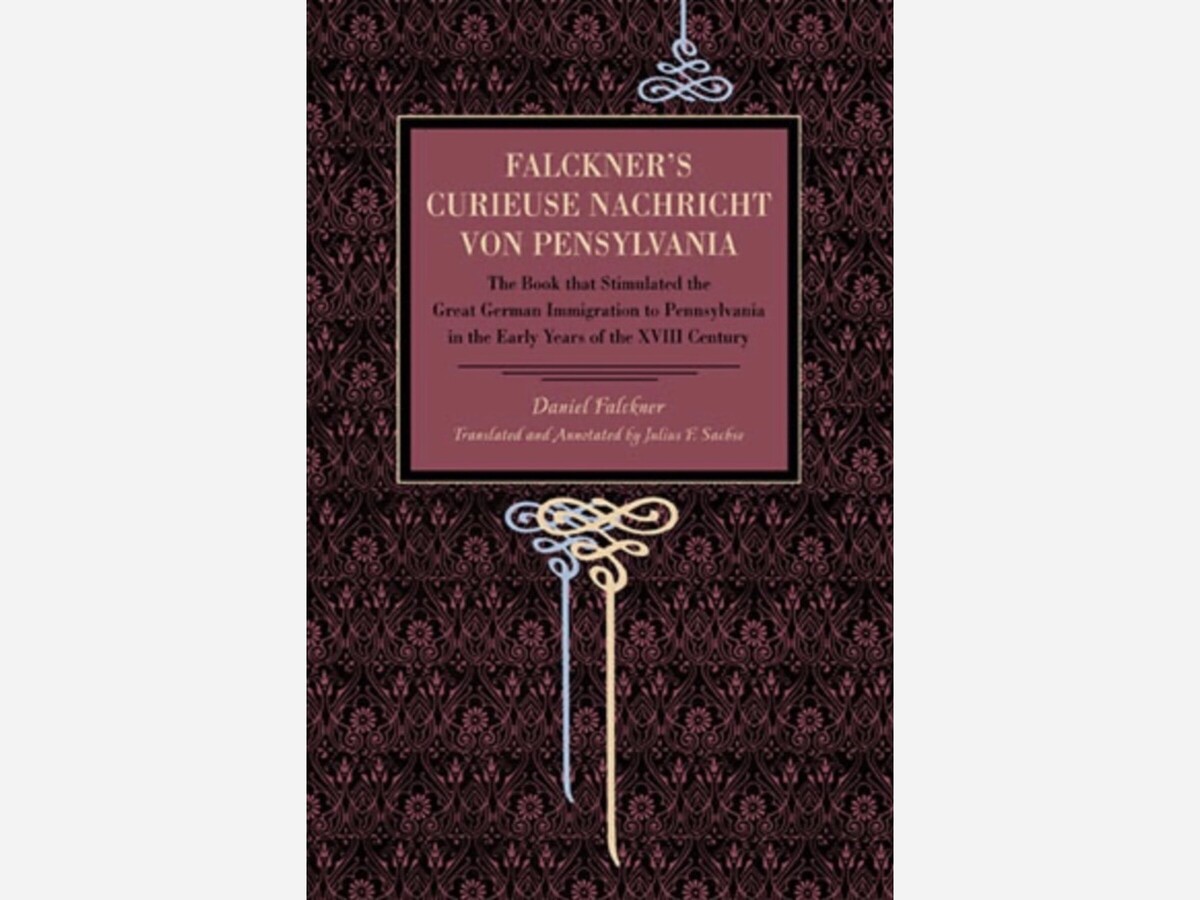Image

by Bob Wood*
When in 1683 William Penn opened Pennsylvania as a refuge for persecuted sects of Europe, a group of wealthy Germanic business men with Pietistic leanings pooled resources and bought from Penn a tract of 23,000 acres with the idea of moving there and establishing their community. The tract called the Frankfort Tract was bounded as follows: starting at the point where the Manatawny Creek meets the Schuylkill (this would be the present site of Montgomery County Community College, West) the line went straight north to Bucks County. This line now forms the boundary between New Hanover and Douglass townships. Next, another line was struck from the Schuylkill River at the mouth of a small creek (later named Sprogel’s Run) also to the Bucks County line. This line now is the border between new Hanover and Upper Frederick townships. This large rectangle with the river as the southern boundary and Bucks County at the north presently encompasses the townships of Upper Hanover, New Hanover, Upper and Lower Pottsgrove and the Borough of Pottstown. Before it was later divided into townships, it was variously called the Frankfort Tract, the German Tract, and the Hanover Tract.
In 1683, the investors charged Francis Daniel Pastorius, the well-respected leader of Germantown, with the tract’s stewardship and development. However, he was busy with other things; there were practically no immigrants at the time; and the tract, 36 miles to the west of Germantown, was a distant and forbidding wilderness cut off by two large streams, the Perkiomen and the Skippack creeks. In short, he did almost nothing to develop the land, was never paid for his services, and asked to be relieved of his power of attorney.
So, no doubt Pastorius was relieved when in 1700 Daniel Falckner and two others appeared in Germantown having been granted powers of attorney by the Frankfort company to administer their tract and asked Pastorius to turn over the company records and to give an account of his administration of these affairs.
For the next six or seven years, there is evidence that Falckner, married, and living in Germantown, tried to enforce the company’s claims on both tenants and squatters on Frankfort Company land. As the company representative, he tried to secure the help of local magistrates to that end, apparently without much success.
Here the story takes a darker turn. It had been two decades since the Frankfort tract was bought and several of the original owners had died. Interest in the project had dissolved. There appeared now on the scene a merchant named Johannes Henrich Sprogel who went back to Europe and returned with the story that he had bought the Frankfort Company’s 23,000 acres; but his documentation, he claimed, had been stolen by French pirates along the way. There was never a shred of evidence to document his claim of ownership, and it was, almost surely, a fabrication.
Daniel Falckner, who still held power of attorney for the company on this side of the Atlantic, was persuaded to join with Sprogel in his plot.
*An inspiring Jack of all trades, master of many, Bob Wood serves as Studio B's Gallery Adjunct when he's not busy doing everything else! Writer, artist, potter, historian, and volunteer. Bob began his career as an artist following his retirement from teaching Language Arts. Bob is a popular speaker; local history is his niche. Bob has published four books on local history.